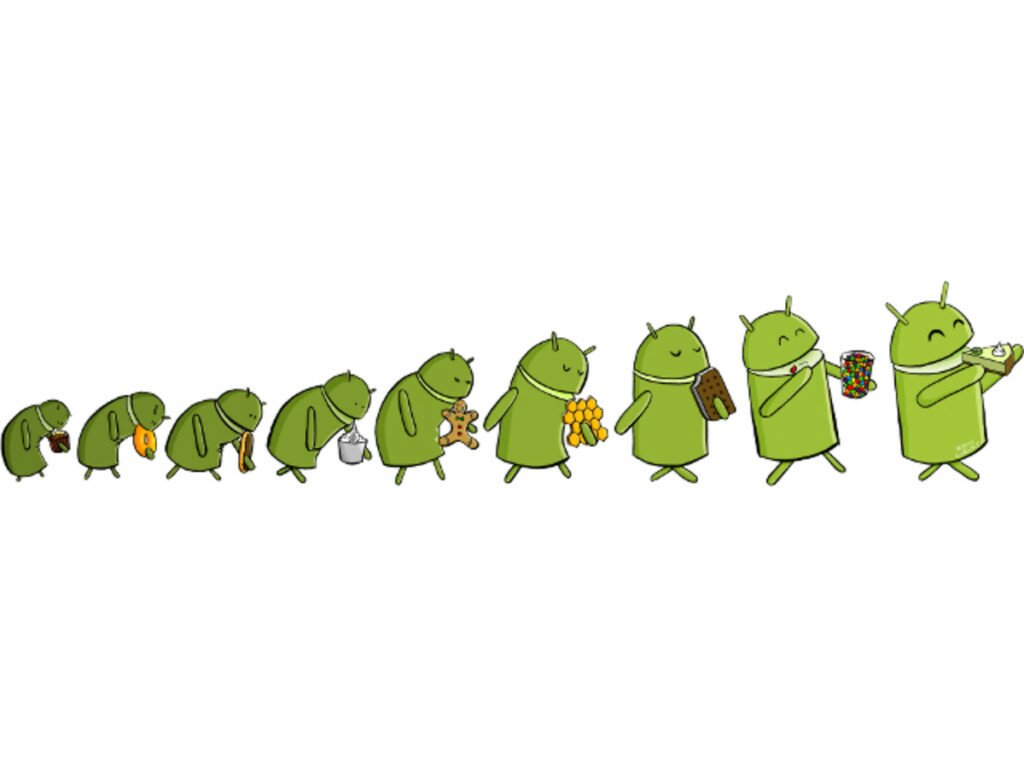Android will not survive without pushing the boundaries of technology further than we know right now. Its stock experience can have its fair share of bugs and flaws, which should not be, especially for a final launch product. Android’s unpolished nature needs to improve greatly if it intends to continue competing in an already crowded market. What can Google and other OEMs do to keep things fresh and refined in this day and age? What more can be done to better the experience for the users on a daily basis? Better integration of Google Now, better implementation of ART versus the old Dalvik way? Can these changes be made only to newer devices, or can they be made to function on some older devices such as the Galaxy S2 and One X?
I have been asking myself this for a while now. Given from where Android started all those years ago to now, vast improvements and optimizations such as better RAM management and more efficient power management have been made. For starters, Google has VASTLY improved on its OS from where it started off at many moons ago. Looking back, Cupcake, Eclair, and Froyo were distant headaches many of us would like to forget ever happened. As time has progressed, Google has made itself a dominant player in the ever-evolving world of mobile devices, and their newest incarnation of Android has made things even better.
The introduction of Google Now onto devices with Jellybean or higher has shown great promise. Being able to customize the “cards”, tidbits such as weather, sports scores or stock prices, to however you see fit and a better voice recognition make for a much more fluid experience. It’s a great way to offer up to the minute information without needing a powerhouse of a phone to run heavy-duty software. This is one important way Google is trying to offer a consistent experience across a broad range of different devices.
Looking back, Cupcake, Eclair, and Froyo were distant headaches many of us would like to forget ever happened.
OEM’s are now starting to pack more RAM into our devices, and with that added RAM, combined with much faster processing power, comes a more fluid experience. Devices with 3GB of RAM and a Snapdragon S4 processor are flying along as if Cupcake never happened. This is more of an OEM design, but with Android taking strides in its management of CPU and processing abilities with software, OEMs can now add in beefier hardware to accommodate the smoother software transitions.
Pages: 1 2






